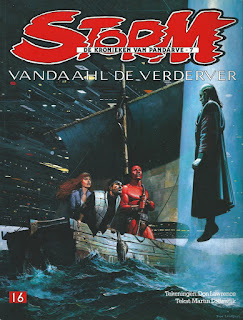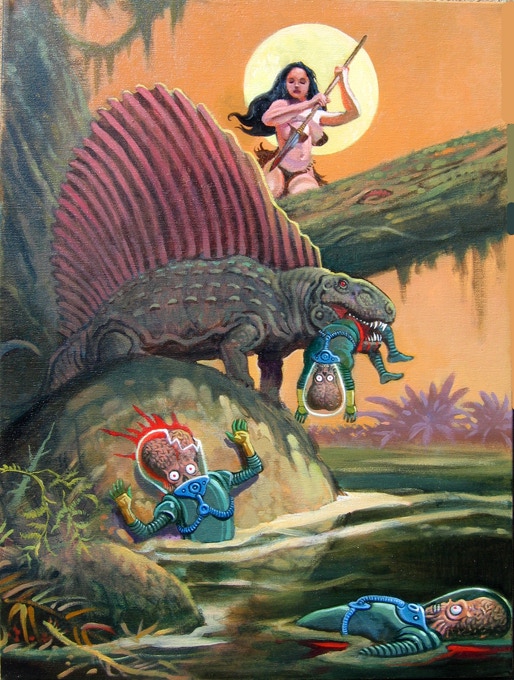These are the voyages of the exploratory vehicle, Enterprise...
In 2262, Dr. Leonard McCoy discovered the continuation of outlawed genetic practices among certain prominent families of Mars. This was revealed when Enterprise's first officer, Commander Spock began experiencing drastic mood swings and neurologic pain. Neurochemical triggers made Spock seek to return to Mars, regardless of his orders to the contrary.
The cause of his condition was an engineered gene sequence, created in the 21st Century by Martian geneticists for the purpose of making arranged marriages among their people compulsory and binding. The small, modified human population of Mars practiced arranged marriage for purposes of genetic diversity and promotion of genes critical for survival in the partially terraformed Martian environment to come over the next century. An unidentified family member of Spock's betrothed had introduced the genetic sequence through use of a viral vector when Spock was in his teens. The reasons are unclear, but may have had to do with Spock's father's diplomatic position.
T'Pring, Spock's betrothed, was absolved of any wrongdoing in regard to the genetic manipulation, but she did instigate a trial by combat that could have resulted in the deaths of one or more Space Fleet officers in order to be free of her obligation to Spock.
Dr. McCoy was able to repair the genetic damage to Commander Spock. His efforts led to a greater understanding of historic Martian gene-engineering techniques.
41 minutes ago











.png/revision/latest?cb=20161201234356)







